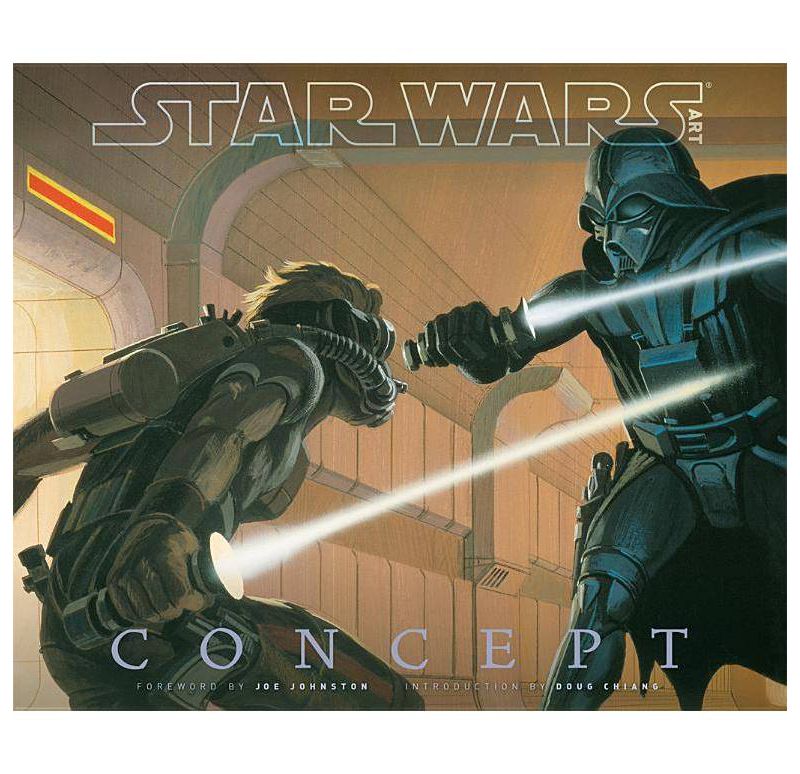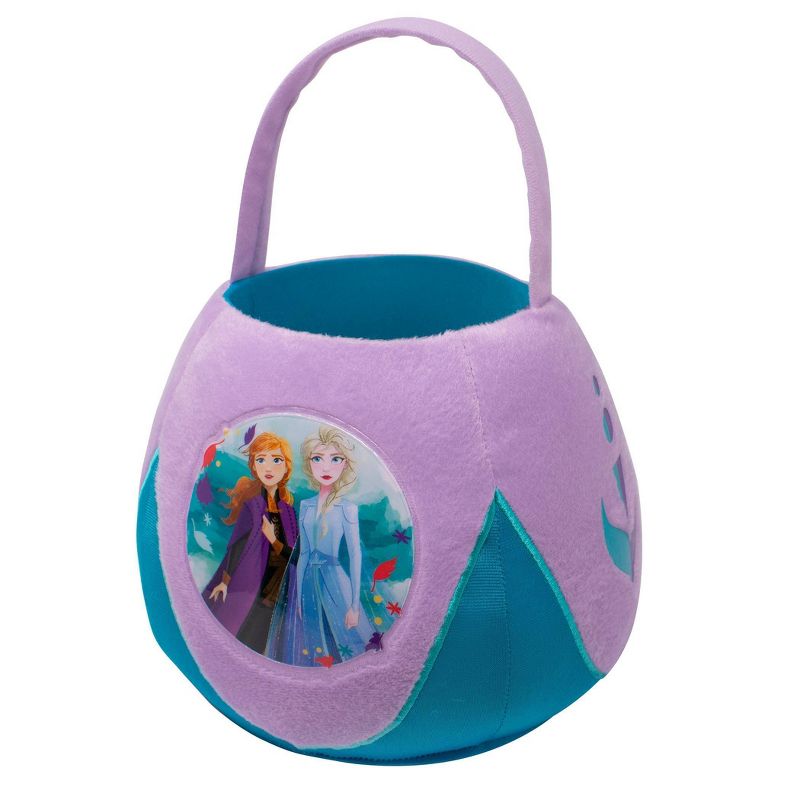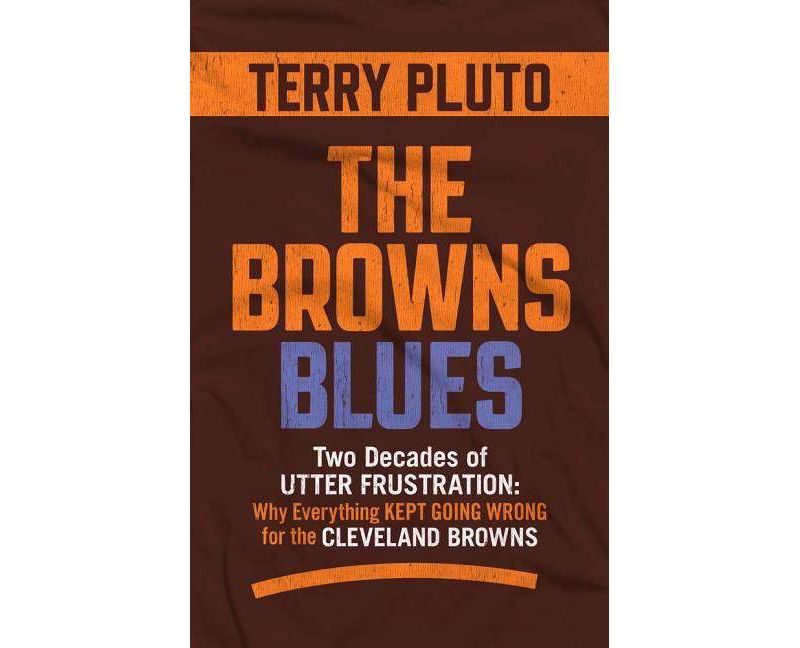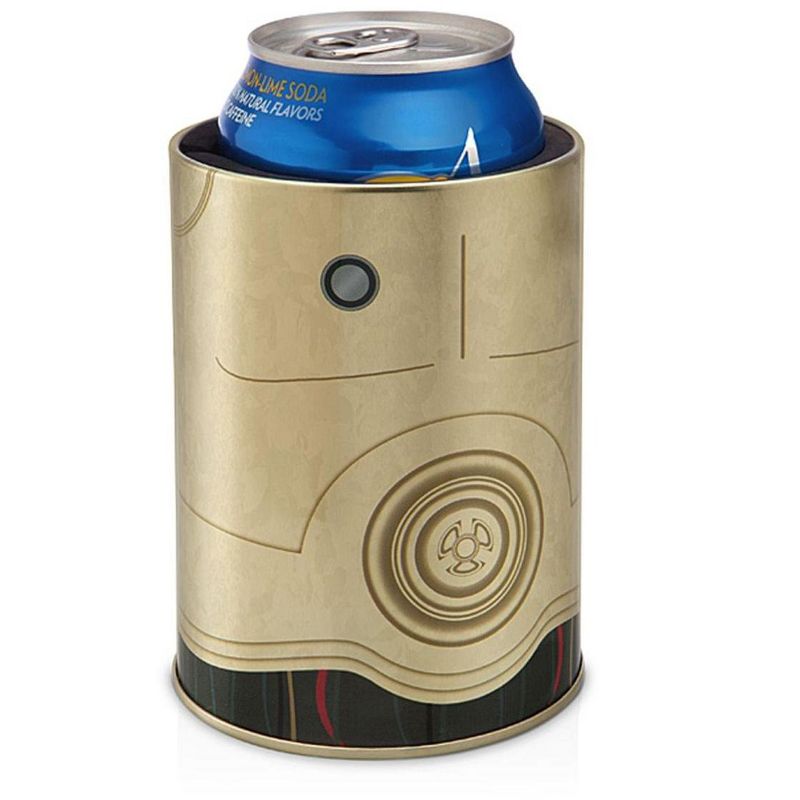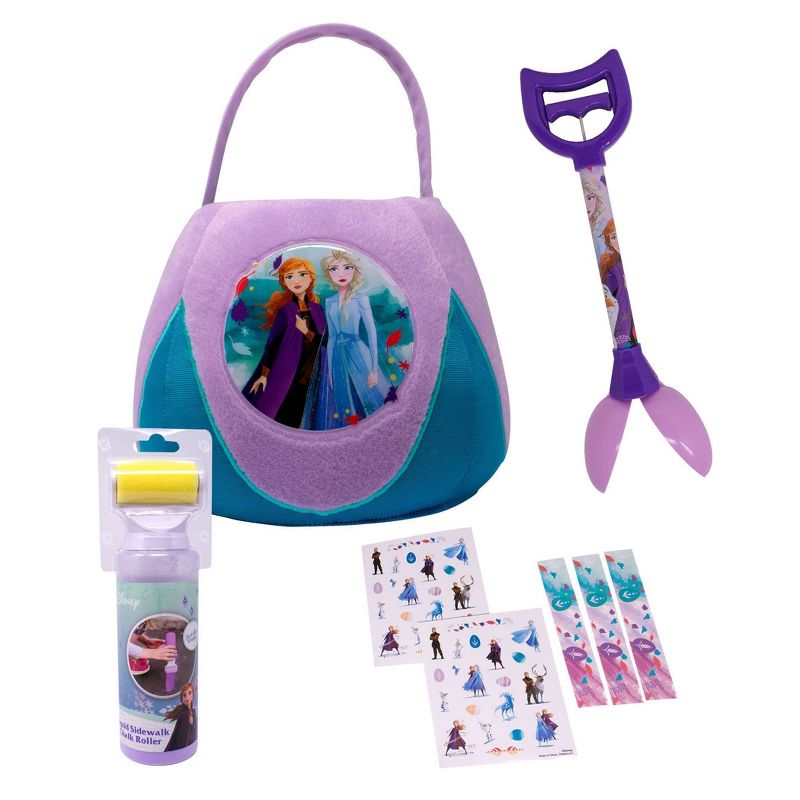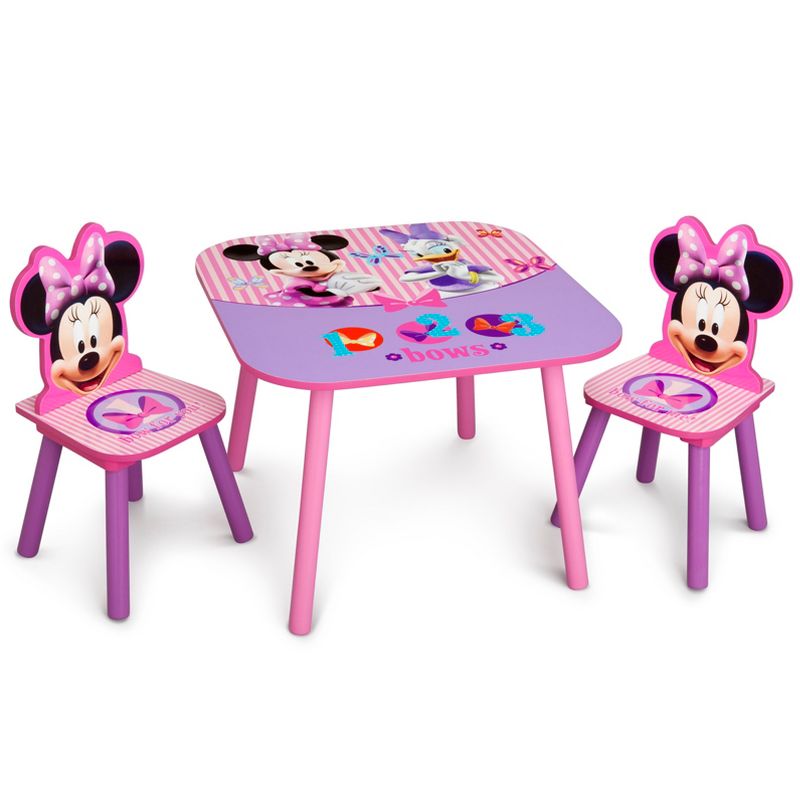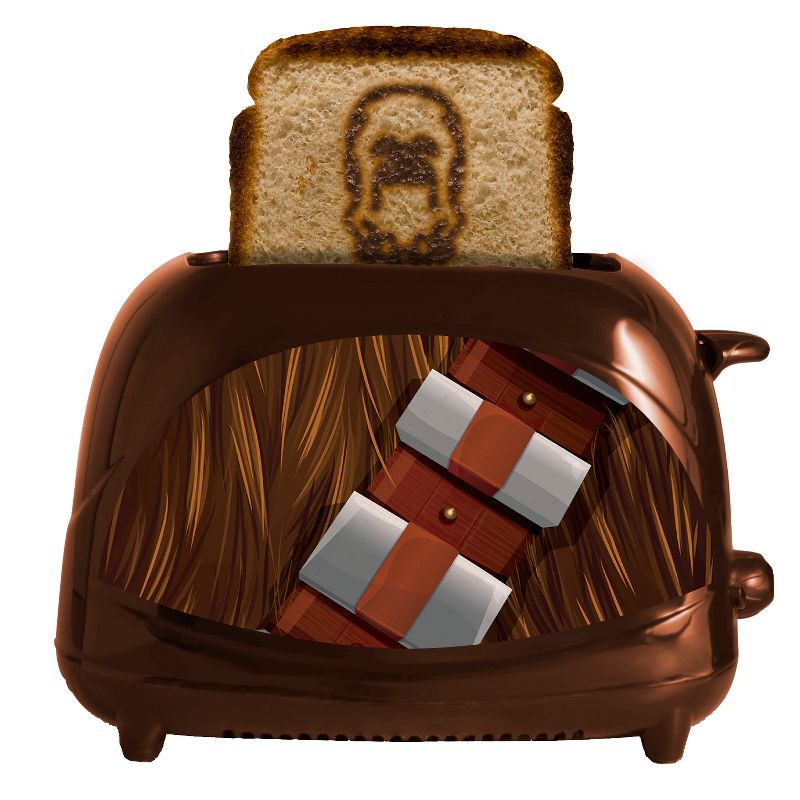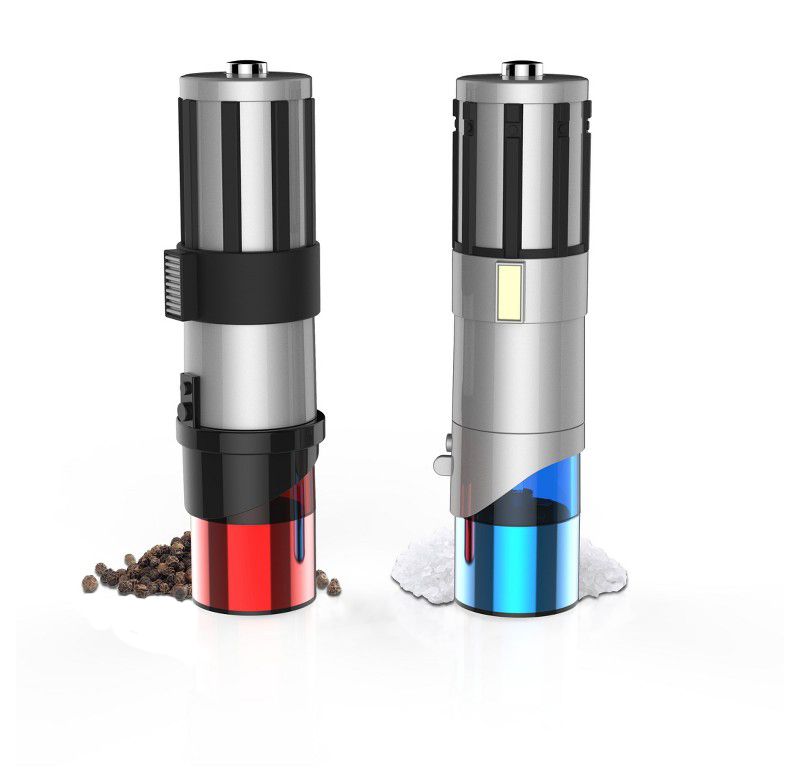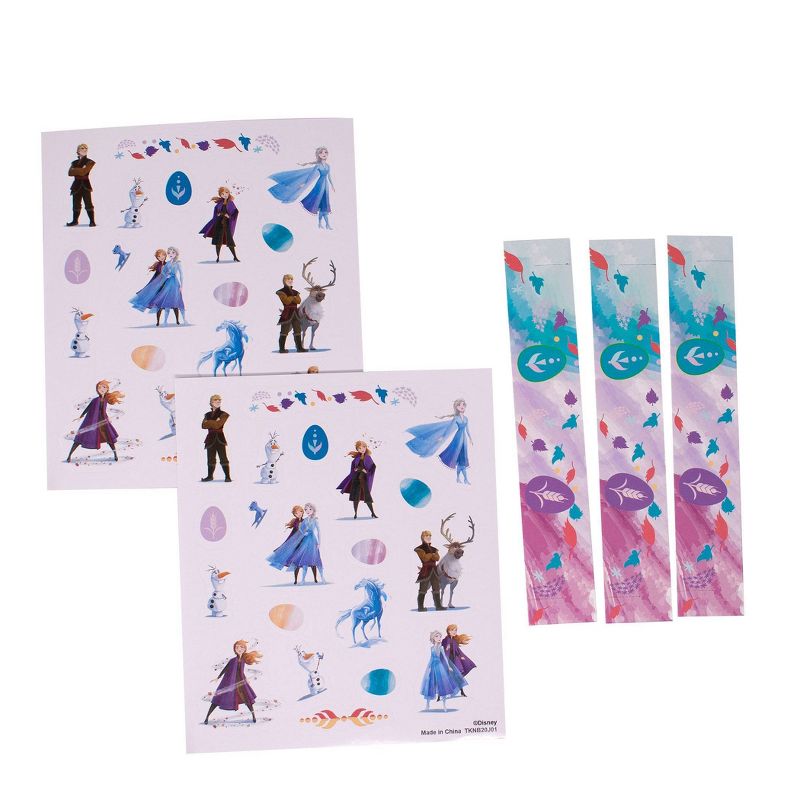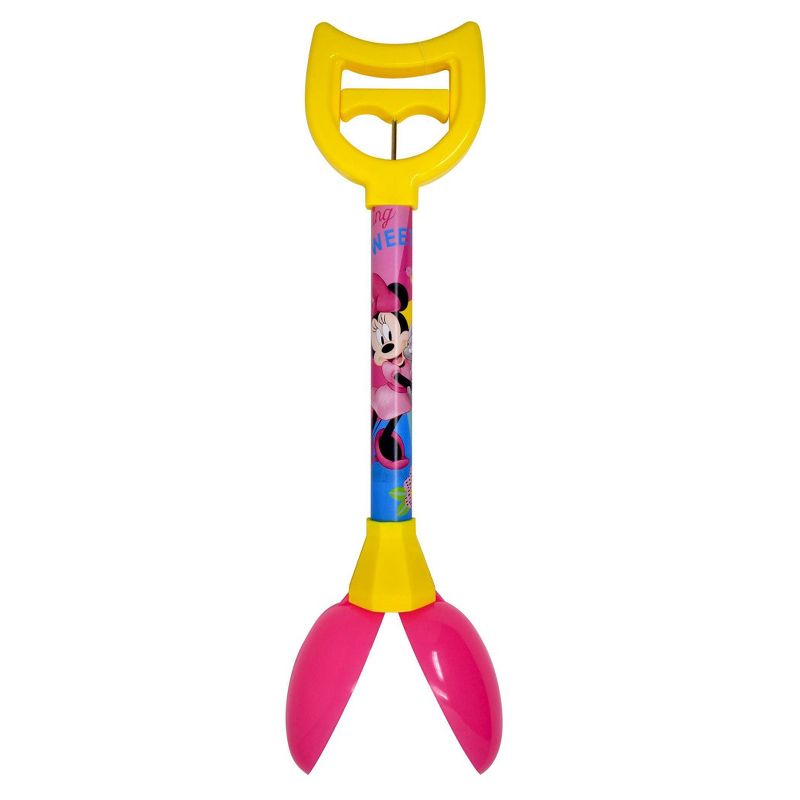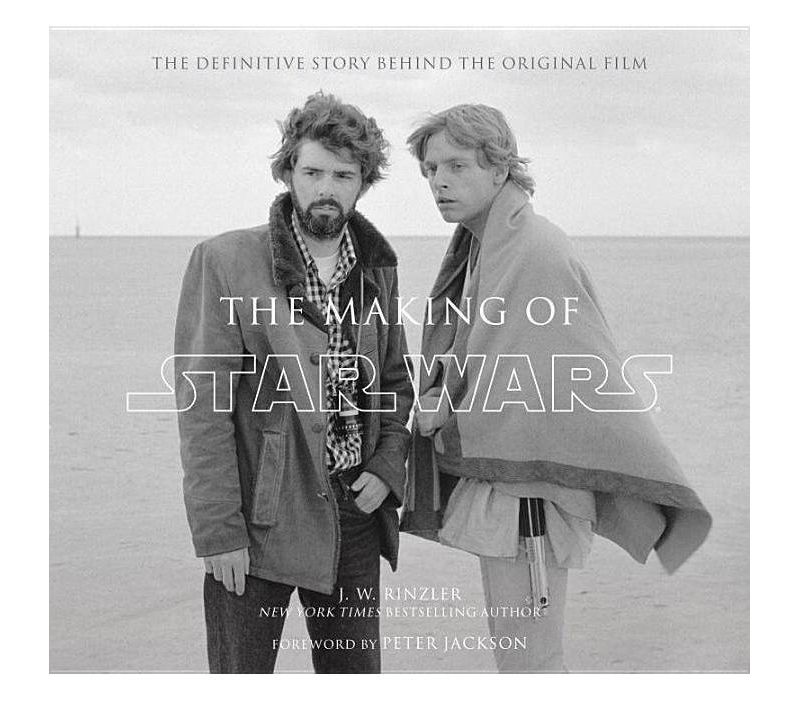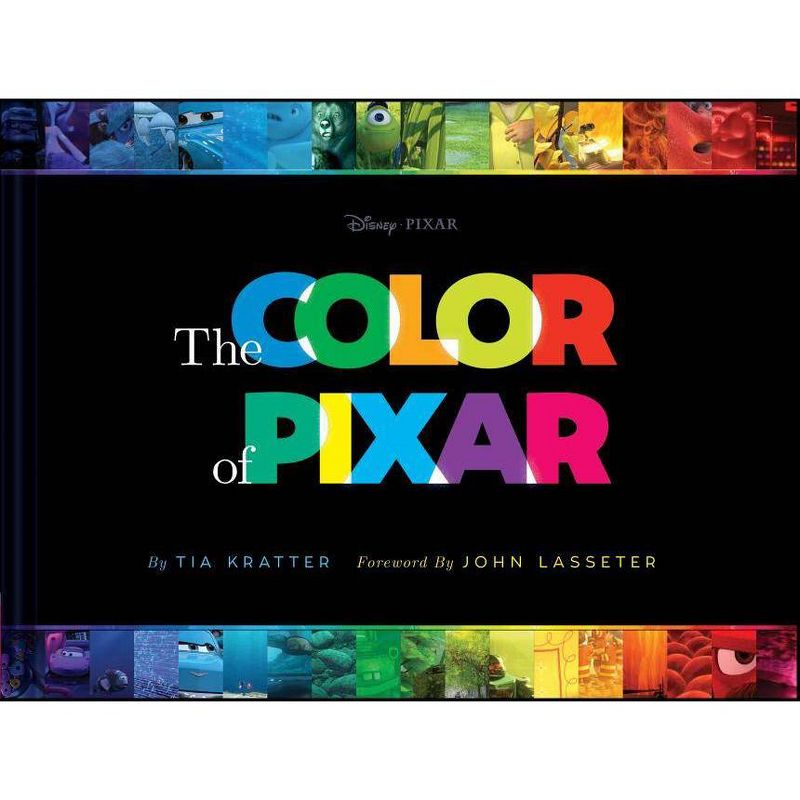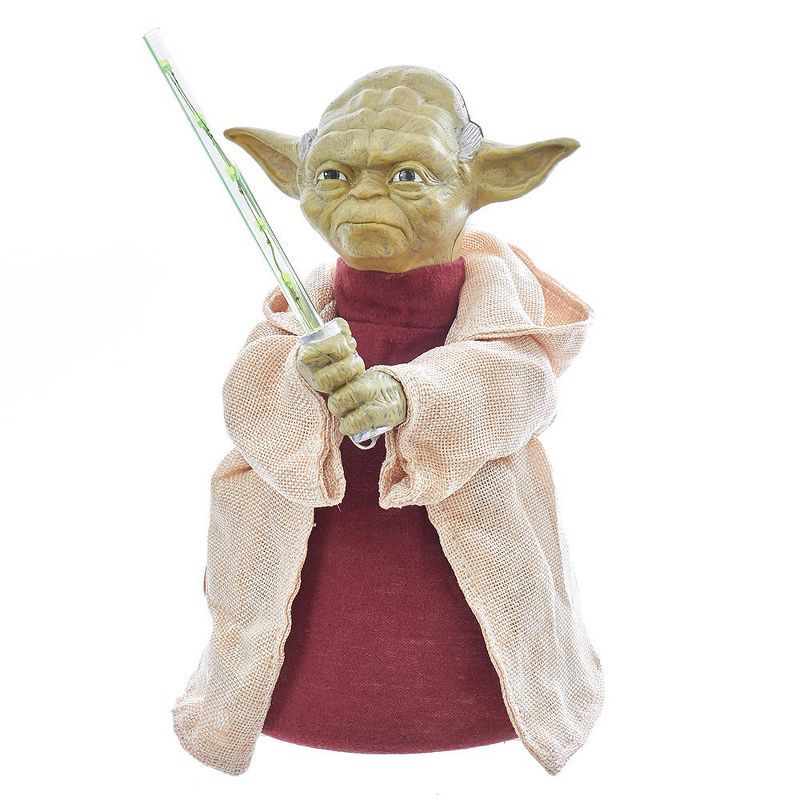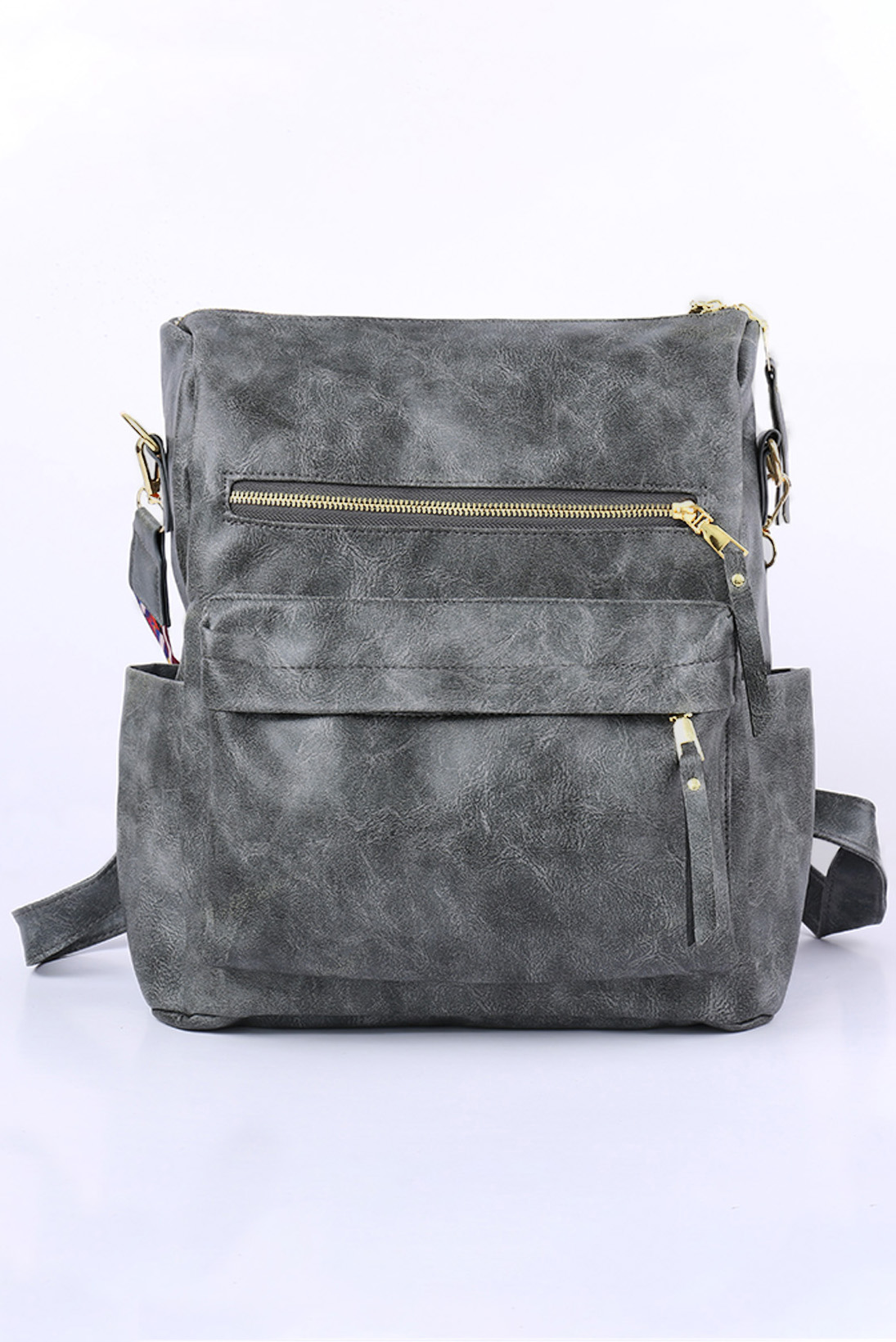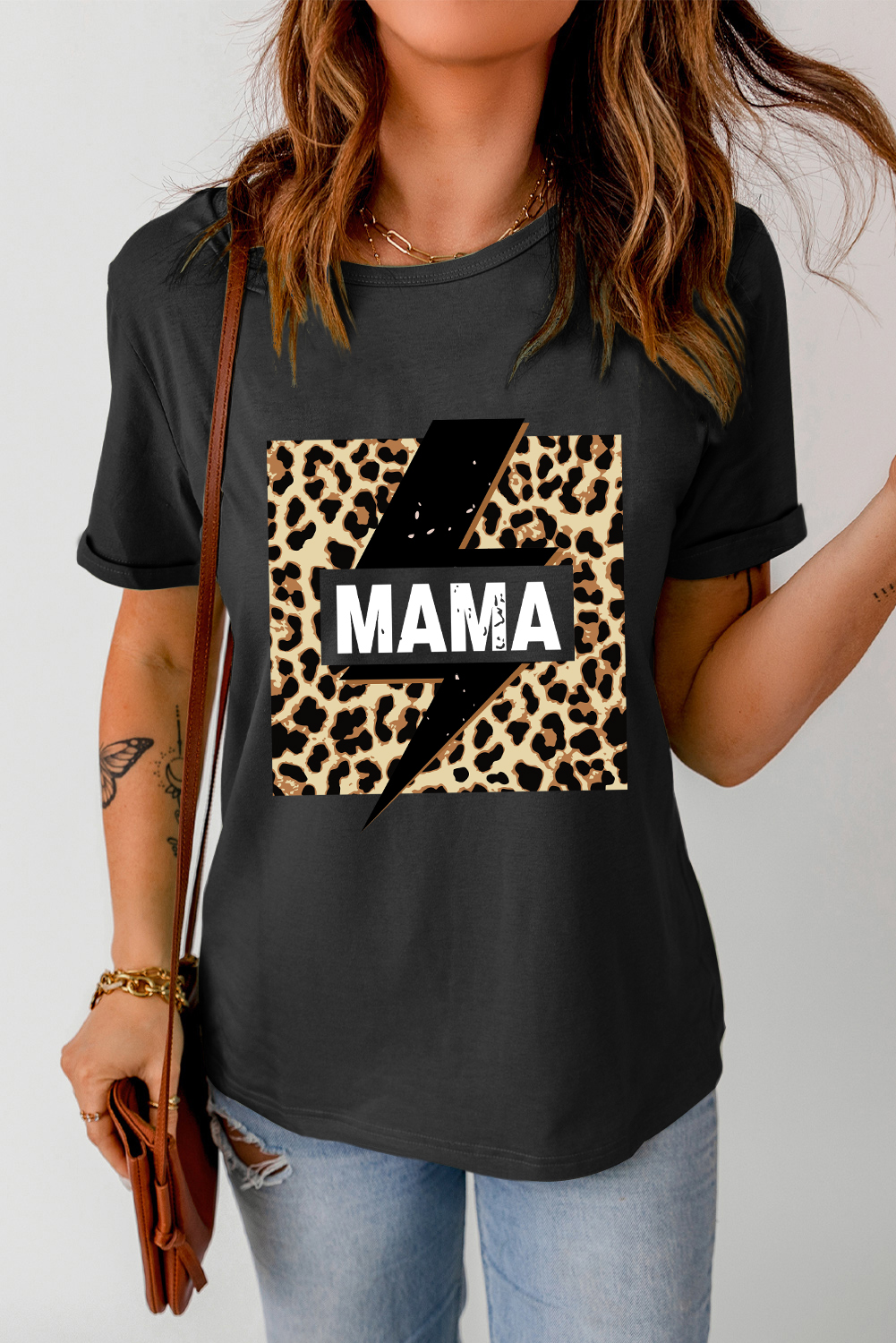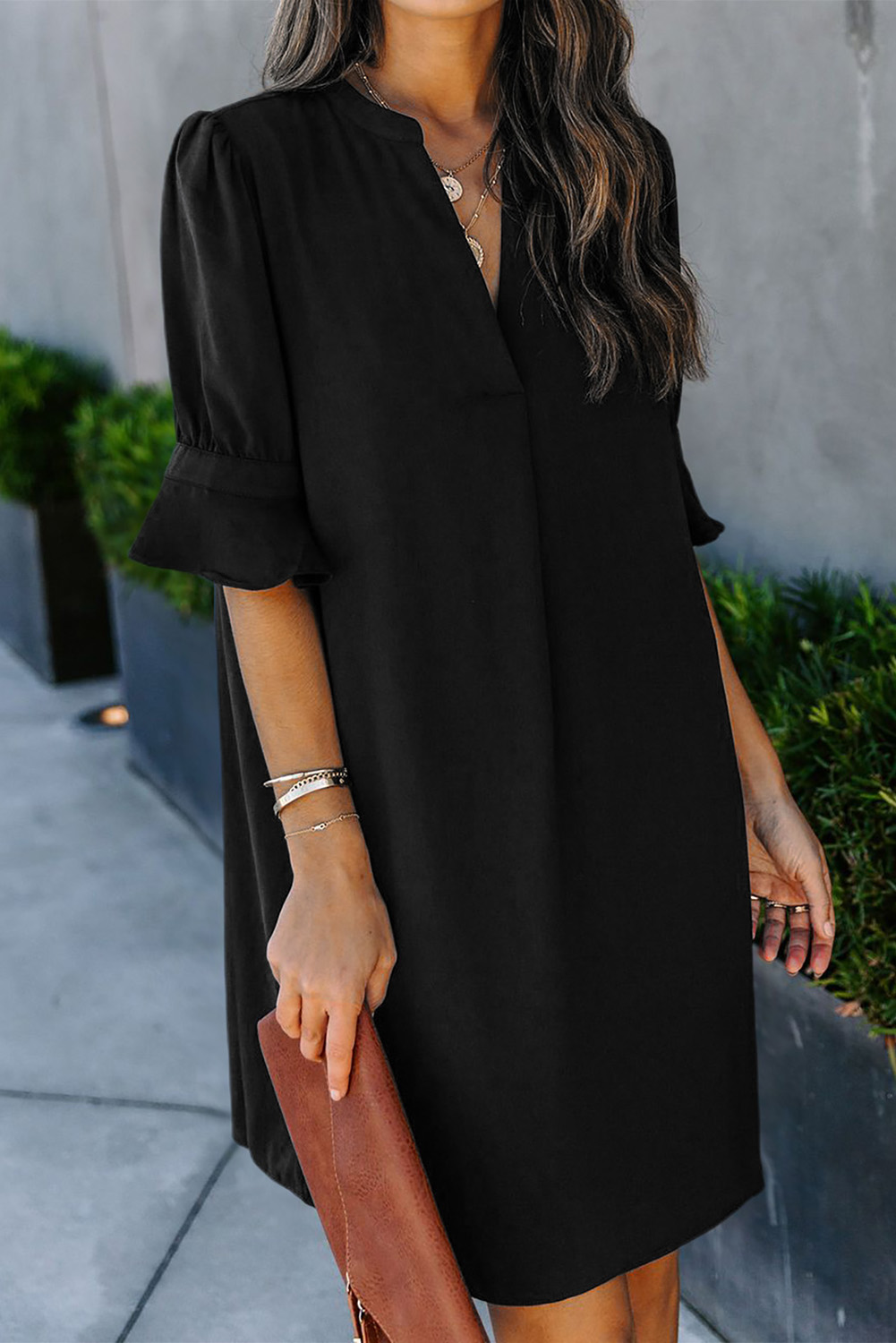Trusted shipping
Easy returns
Secure shopping
Buy Universal versus Disney - by Sam Gennawey (Paperback) in United States - Cartnear.com
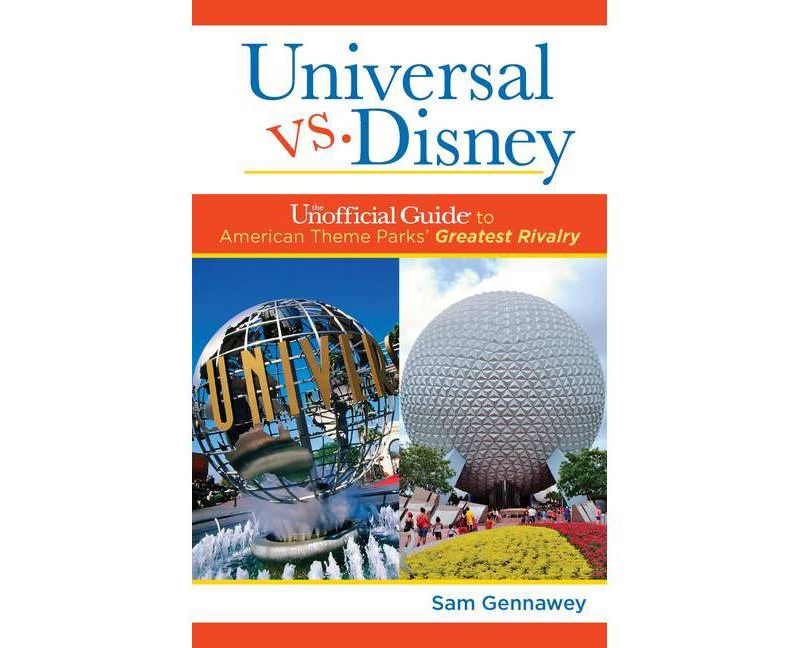
Universal versus Disney - by Sam Gennawey (Paperback)
CTNR882859 09781628090147 CTNR882859Lori Mitchell
2027-01-07
/itm/universal-versus-disney-by-sam-gennawey-paperback-882859
USD
16.5
$ 16.50 $ 17.37 5% Off
Item Added to Cart
customer
*Product availability is subject to suppliers inventory
SHIPPING ALL OVER UNITED STATES
100% MONEY BACK GUARANTEE
EASY 30 DAYSRETURNS & REFUNDS
24/7 CUSTOMER SUPPORT
TRUSTED AND SAFE WEBSITE
100% SECURE CHECKOUT
Number of Pages: 264
Genre: Social Science
Sub-Genre: Popular Culture
Format: Paperback
Publisher: Unofficial Guides
Age Range: Adult
Author: Sam Gennawey
Language: English
By the end of 1926, Universal was looking for its first cartoon to distribute and Laemmle asked Charles Mintz to find it. Mintz contacted Walt and Roy Disney to see if they had any ideas. The timing could not have been better since the brothers were already looking to replace the long running Alice's Wonderland cartoon series with something new. For Walt Disney, having his work distributed by a major studio would be a real coup. Walt and his chief animator Ub Iwerks drafted some sketches of a cute comedic rabbit wearing short pants and Mintz named him Oswald the Lucky Rabbit. The series was a success and over the next two years Walt Disney produced twenty-six cartoon shorts. In 1928, he lost the character and much of his animation staff to Mintz and Universal during a contract dispute. Once again Disney was not deterred and would come back even stronger with Oswald's replacement, Mickey Mouse. When Walt Disney became a successful studio chief in the mid-1930s, he considered a tour of his studio on Hyperion Avenue but he felt the animation process would be too boring. He said, You know, it's a shame people come to Hollywood and find there's nothing to see. Even people who come to the [Disney] Studio. What do they see? A bunch of guys bending over drawings. Wouldn't it be nice if people should come to Hollywood and see something? He toyed with the idea for years but nothing came of it. Instead, he decided to do something completely different and opened Disneyland in 1955. Disneyland put the guest onstage in immersive environments based on the popular movies and television genres of the day. The backstage would remain hidden. In the process, Walt Disney invented the theme park industry.
A few years later, Universal Studios would be sold to entertainment powerhouse MCA. Lead by Lew Wasserman and Sidney Sheinberg, their team found an authentic way to satisfy the public's desire to go backstage that would not interfere with production. The result was an industrial tour that turned into a multi-million dollar business. Disneyland appealed to one audience and the Universal Studios Tour appealed to a different audience. Everybody was making money and everybody was happy. Then came Wasserman's growing ambitions, Michael Eisner and Frank Wells at Disney, and Universal's constant changes in corporate ownership. Circumstances would force Universal to move toward the Disney theme parks model of immersive fantasy environments with varying success. Even though Disney had the money and the creative heritage, Universal had one significant advantage. For many years at Disney, the theme parks were the tail that wagged the corporate dog. At Universal, the theme parks were a small flea on the back of the dog. This difference allowed a handful of ambitious people at Universal to gain a reputation as theme park innovators and they quietly reinvent an industry. Can the underdog become the top dog? CHAPTER ONE Carl Laemmle The driving force behind Universal Studios was Carl Laemmle, an immigrant from Bavaria, Germany. Like so many who came before, Laemmle moved to America in 1884 to find a better life. Like so many early Jewish immigrants, he did what he could with the education and resources available to him. He worked at a variety of jobs, always making a bit more money then he did at the previous job. He moved to Oshkosh in 1894 to work for the Continental Clothing store and rose to the position of manager in 1898. Laemmle had become financially secure but he was also restless. When he traveled to Kansas City in 1905, Laemmle experienced motion pictures for the first time. While visiting Electric Park he took a ride on Hale's Tours and Scenes of the World. George C. Hale, a retired fire chief, developed the attraction. The show was set in a railway car that seated seventy-two guests. At one end was a screen. Projected on the screen was a ten-minute film whose point of view was that of a camera mounted on the front of a moving train. This was known as a phantom ride. During the show, machines would rock the rail car from side to side, fans would blow, and painted scenery would pass by the windows. There was a special mechanism mounted on the undercarriage to recreate the clacking sound of the tracks. Whistles, bells, and live conductors added to the illusion. The show was very popular and the concept was licensed to others. By 1907 there were more than 500 Hale's Tours worldwide. According to Historian Graeme Baker of Cineroama, Hale's Tours warmed up the public to moving pictures and demonstrated to venue owners that the market was prepared to bear the cost of higher ticket prices in return for theaters with themed entertainment spaces and quality interior and exterior design. The Hale's Tours began to loose favor almost as fast as it began and by 1911 the last one shuttered its doors.
The next inspiration came on a trip to Chicago in January of 1906. Carl Laemmle heard a barker at the corner of State and Polk sending out a siren call that attracted people to enter a new type of entertainment venue called a nickelodeon. The nickelodeon was the first venue to be specifically designed to exhibit motion pictures. After Laemmle paid his nickel, he entered the storefront theater and found some two hundred people sitting in the dark, watching a ten-minute program of films projected on a sheet. Although they were speaking multiple languages, the audience was entranced by what they were seeing on the big screen. Laemmle realized that this was the next big thing he was looking for. The first nickelodeon opened in 1905 in Pittsburgh, Pennsylvania. No longer did the movies have to share the stage with vaudeville acts. They were accessible to the masses and they would go on to change the way people spent their leisure time. Laemmle immediately saw the potential and power of this new form of entertainment and in 1906 opened his first nickelodeon in Chicago. There were very few theaters in Chicago at the time.He found a vacant building on Milwaukee Avenue and painted the facade white. He called it the White Front Theater and it was an immediate success. The 190-seat theater was in a predominately Polish neighborhood on the Northwest side that attracted primarily working class people. The demand was so strong that the theater would be open twelve hours a day. Here was a technology that could entertain, inform, and allow people a chance to escape from the day's challenges. It was magic. Carl Laemmle immediately recognized that the intoxicating flickering images on the big screen could become addictive and like a moth to a flame, people would be drawn into an all consuming passion that they could never really completely satisfy. This was a chance for a savvy businessmen to make money and Carl Laemmle was certainly that. Universal Studios The good times would not last long. In 1909, the New York based Motion Pictures Patents Company (MPPC) tried to impose a two-dollar license fee upon independent operators like Laemmle. The MPPC was a trust made up of the major players of the day including Biograph, Vitagraph, Essanay, American Pathe, Kodak, and others. Inventor Thomas A. Edison was the leader and claimed the fee was necessary to protect the patents that he and the others held. The trust wanted to control the infant industry. Not one to be pushed around, Laemmle started his own movie company. He named it Independent Moving Pictures (IMP) and as a demonstration of his wry sense of humor and his true feelings about the MPPC, he adopted a playful impish demon as the logo for the studio. Laemmle opened his first movie studio in Fort Lee, New Jersey. With the MPPC breathing down his neck, Laemmle decided to follow other early film pioneers and moved to Southern California as a way to escape. On May 20, 1912, Laemmle bought the Nestor Company studio at Sunset Boulevard and Gower Street in Los Angeles. A few weeks later, on June 8, he and five other independent producers formed the Universal Film Manufacturing Company. The name of the studio was inspired by a Universal Pipe Fitting wagon that passed beneath Laemmle's window. The new Hollywood facility had two stages. The largest was 300 feet in length and 70 feet in width. The second stage was 50 feet in length and 100 feet in width. As part of the deal, Laemmle also took control of El Providencia Rancho/Oak Crest Ranch in the San Fernando Valley. When he saw the ranch property for the first time his car got stuck in the mud and had to be pulled out by Jumbo, an elephant that was working on a film at the time. He officially opened up the ranch to the public to watch movies being made on December 3. He was the first movie producer to do so. On July 10, 1913, Laemmle changed the name of the Oak Crest Ranch to Universal City in an attempt to generate some publicity. To create an even more exciting destination, in August he allowed fifty Chimallo Indians along with 100 horses from the Isleta reservation near Albuquerque, New Mexico, to move in permanently. Once the settled in, he began to offer bus excursions to the ranch from downtown Los Angeles starting in September. Laemmle was not the only person fighting the MPPC. The United States Supreme Court ruled against the MPPC in 1912 and again in 1915. The Court stated that the MPPC was in violation of the 1890 Sherman Antitrust Act. Due to this fatal blow the MPPC would cease to exist by 1917. It did not matter. It was too late. Although the financial center for the motion picture industry remained on the East Coast, the creative center had moved to Hollywood.
Genre: Social Science
Sub-Genre: Popular Culture
Format: Paperback
Publisher: Unofficial Guides
Age Range: Adult
Author: Sam Gennawey
Language: English
About the Book
This book tells how Universal Studios shook up the multibillion dollar theme park industry, one so long dominated by Walt Disney and his legacy.
Book Synopsis
Universal Studios never really wanted to get into the theme park business. They wanted to be the anti-Disney. But when forced to do so, they did it in a big way. Despite the fits and starts of multiple owners, the parks have finally gained the momentum to mount a serious challenge to the Walt Disney Company. How did this happen? Who made it happen? What does this mean for the theme park industry? In Universal Versus Disney, his newest work to investigate the histories of America's favorite theme parks, seasoned Disney-author Sam Gennawey has thoroughly researched how Universal Studios shook up the multi-billion dollar theme park industry, one so long dominated by Walt Disney and his legacy.From the Back Cover
Introduction When an aspiring young director named Walt Disney came to Hollywood in 1923 to seek fame and fortune, one of his first stops was Universal City, home to Universal Studios. Universal Studios had been open to the public since it opened in 1915 and it's founder, Carl Laemmle, was the only studio chieftain who understood that the public was willing to pay to pull back the curtain and witness the creative process. And what the public wanted, Laemmle was happy to provide. What Walt Disney and thousands of others saw was a city dedicated to making movies. Disney must have been amazed at the sight of dozens of movies of every genre being filmed right in front of the public. Always curious, he was able to secure a day pass that allowed him to go beyond the public areas within his first year of arriving in Los Angeles. He wandered around the backlot for three days before the security guards threw him out. Undeterred, Disney returned to animation and would find another angle to get him back on the Universal lot.By the end of 1926, Universal was looking for its first cartoon to distribute and Laemmle asked Charles Mintz to find it. Mintz contacted Walt and Roy Disney to see if they had any ideas. The timing could not have been better since the brothers were already looking to replace the long running Alice's Wonderland cartoon series with something new. For Walt Disney, having his work distributed by a major studio would be a real coup. Walt and his chief animator Ub Iwerks drafted some sketches of a cute comedic rabbit wearing short pants and Mintz named him Oswald the Lucky Rabbit. The series was a success and over the next two years Walt Disney produced twenty-six cartoon shorts. In 1928, he lost the character and much of his animation staff to Mintz and Universal during a contract dispute. Once again Disney was not deterred and would come back even stronger with Oswald's replacement, Mickey Mouse. When Walt Disney became a successful studio chief in the mid-1930s, he considered a tour of his studio on Hyperion Avenue but he felt the animation process would be too boring. He said, You know, it's a shame people come to Hollywood and find there's nothing to see. Even people who come to the [Disney] Studio. What do they see? A bunch of guys bending over drawings. Wouldn't it be nice if people should come to Hollywood and see something? He toyed with the idea for years but nothing came of it. Instead, he decided to do something completely different and opened Disneyland in 1955. Disneyland put the guest onstage in immersive environments based on the popular movies and television genres of the day. The backstage would remain hidden. In the process, Walt Disney invented the theme park industry.
A few years later, Universal Studios would be sold to entertainment powerhouse MCA. Lead by Lew Wasserman and Sidney Sheinberg, their team found an authentic way to satisfy the public's desire to go backstage that would not interfere with production. The result was an industrial tour that turned into a multi-million dollar business. Disneyland appealed to one audience and the Universal Studios Tour appealed to a different audience. Everybody was making money and everybody was happy. Then came Wasserman's growing ambitions, Michael Eisner and Frank Wells at Disney, and Universal's constant changes in corporate ownership. Circumstances would force Universal to move toward the Disney theme parks model of immersive fantasy environments with varying success. Even though Disney had the money and the creative heritage, Universal had one significant advantage. For many years at Disney, the theme parks were the tail that wagged the corporate dog. At Universal, the theme parks were a small flea on the back of the dog. This difference allowed a handful of ambitious people at Universal to gain a reputation as theme park innovators and they quietly reinvent an industry. Can the underdog become the top dog? CHAPTER ONE Carl Laemmle The driving force behind Universal Studios was Carl Laemmle, an immigrant from Bavaria, Germany. Like so many who came before, Laemmle moved to America in 1884 to find a better life. Like so many early Jewish immigrants, he did what he could with the education and resources available to him. He worked at a variety of jobs, always making a bit more money then he did at the previous job. He moved to Oshkosh in 1894 to work for the Continental Clothing store and rose to the position of manager in 1898. Laemmle had become financially secure but he was also restless. When he traveled to Kansas City in 1905, Laemmle experienced motion pictures for the first time. While visiting Electric Park he took a ride on Hale's Tours and Scenes of the World. George C. Hale, a retired fire chief, developed the attraction. The show was set in a railway car that seated seventy-two guests. At one end was a screen. Projected on the screen was a ten-minute film whose point of view was that of a camera mounted on the front of a moving train. This was known as a phantom ride. During the show, machines would rock the rail car from side to side, fans would blow, and painted scenery would pass by the windows. There was a special mechanism mounted on the undercarriage to recreate the clacking sound of the tracks. Whistles, bells, and live conductors added to the illusion. The show was very popular and the concept was licensed to others. By 1907 there were more than 500 Hale's Tours worldwide. According to Historian Graeme Baker of Cineroama, Hale's Tours warmed up the public to moving pictures and demonstrated to venue owners that the market was prepared to bear the cost of higher ticket prices in return for theaters with themed entertainment spaces and quality interior and exterior design. The Hale's Tours began to loose favor almost as fast as it began and by 1911 the last one shuttered its doors.
The next inspiration came on a trip to Chicago in January of 1906. Carl Laemmle heard a barker at the corner of State and Polk sending out a siren call that attracted people to enter a new type of entertainment venue called a nickelodeon. The nickelodeon was the first venue to be specifically designed to exhibit motion pictures. After Laemmle paid his nickel, he entered the storefront theater and found some two hundred people sitting in the dark, watching a ten-minute program of films projected on a sheet. Although they were speaking multiple languages, the audience was entranced by what they were seeing on the big screen. Laemmle realized that this was the next big thing he was looking for. The first nickelodeon opened in 1905 in Pittsburgh, Pennsylvania. No longer did the movies have to share the stage with vaudeville acts. They were accessible to the masses and they would go on to change the way people spent their leisure time. Laemmle immediately saw the potential and power of this new form of entertainment and in 1906 opened his first nickelodeon in Chicago. There were very few theaters in Chicago at the time.He found a vacant building on Milwaukee Avenue and painted the facade white. He called it the White Front Theater and it was an immediate success. The 190-seat theater was in a predominately Polish neighborhood on the Northwest side that attracted primarily working class people. The demand was so strong that the theater would be open twelve hours a day. Here was a technology that could entertain, inform, and allow people a chance to escape from the day's challenges. It was magic. Carl Laemmle immediately recognized that the intoxicating flickering images on the big screen could become addictive and like a moth to a flame, people would be drawn into an all consuming passion that they could never really completely satisfy. This was a chance for a savvy businessmen to make money and Carl Laemmle was certainly that. Universal Studios The good times would not last long. In 1909, the New York based Motion Pictures Patents Company (MPPC) tried to impose a two-dollar license fee upon independent operators like Laemmle. The MPPC was a trust made up of the major players of the day including Biograph, Vitagraph, Essanay, American Pathe, Kodak, and others. Inventor Thomas A. Edison was the leader and claimed the fee was necessary to protect the patents that he and the others held. The trust wanted to control the infant industry. Not one to be pushed around, Laemmle started his own movie company. He named it Independent Moving Pictures (IMP) and as a demonstration of his wry sense of humor and his true feelings about the MPPC, he adopted a playful impish demon as the logo for the studio. Laemmle opened his first movie studio in Fort Lee, New Jersey. With the MPPC breathing down his neck, Laemmle decided to follow other early film pioneers and moved to Southern California as a way to escape. On May 20, 1912, Laemmle bought the Nestor Company studio at Sunset Boulevard and Gower Street in Los Angeles. A few weeks later, on June 8, he and five other independent producers formed the Universal Film Manufacturing Company. The name of the studio was inspired by a Universal Pipe Fitting wagon that passed beneath Laemmle's window. The new Hollywood facility had two stages. The largest was 300 feet in length and 70 feet in width. The second stage was 50 feet in length and 100 feet in width. As part of the deal, Laemmle also took control of El Providencia Rancho/Oak Crest Ranch in the San Fernando Valley. When he saw the ranch property for the first time his car got stuck in the mud and had to be pulled out by Jumbo, an elephant that was working on a film at the time. He officially opened up the ranch to the public to watch movies being made on December 3. He was the first movie producer to do so. On July 10, 1913, Laemmle changed the name of the Oak Crest Ranch to Universal City in an attempt to generate some publicity. To create an even more exciting destination, in August he allowed fifty Chimallo Indians along with 100 horses from the Isleta reservation near Albuquerque, New Mexico, to move in permanently. Once the settled in, he began to offer bus excursions to the ranch from downtown Los Angeles starting in September. Laemmle was not the only person fighting the MPPC. The United States Supreme Court ruled against the MPPC in 1912 and again in 1915. The Court stated that the MPPC was in violation of the 1890 Sherman Antitrust Act. Due to this fatal blow the MPPC would cease to exist by 1917. It did not matter. It was too late. Although the financial center for the motion picture industry remained on the East Coast, the creative center had moved to Hollywood.
About the Author
Sam Gennawey is the author of the newly released history of Walt Disney's first ever destination attraction, The Disneyland Story. Gennaway is also the author of Walt and the Promise of Progress City, a contributor to Planning Los Angeles and other books, and a columnist for the popular MiceChat website. His unique point of view built on his passion for history, his professional training as an urban planner, and his obsession with theme parks has brought speaking invitations from Walt Disney Imagineering, the Walt Disney Family Museum, Disney Creative, the American Planning Association, the California Preservation Foundation, the California League of Cities, and many Disneyana clubs, libraries, and podcasts. He is a senior associate at the planning firm of Katherine Padilla and Associates, and he lives in Pasadena, CA.
